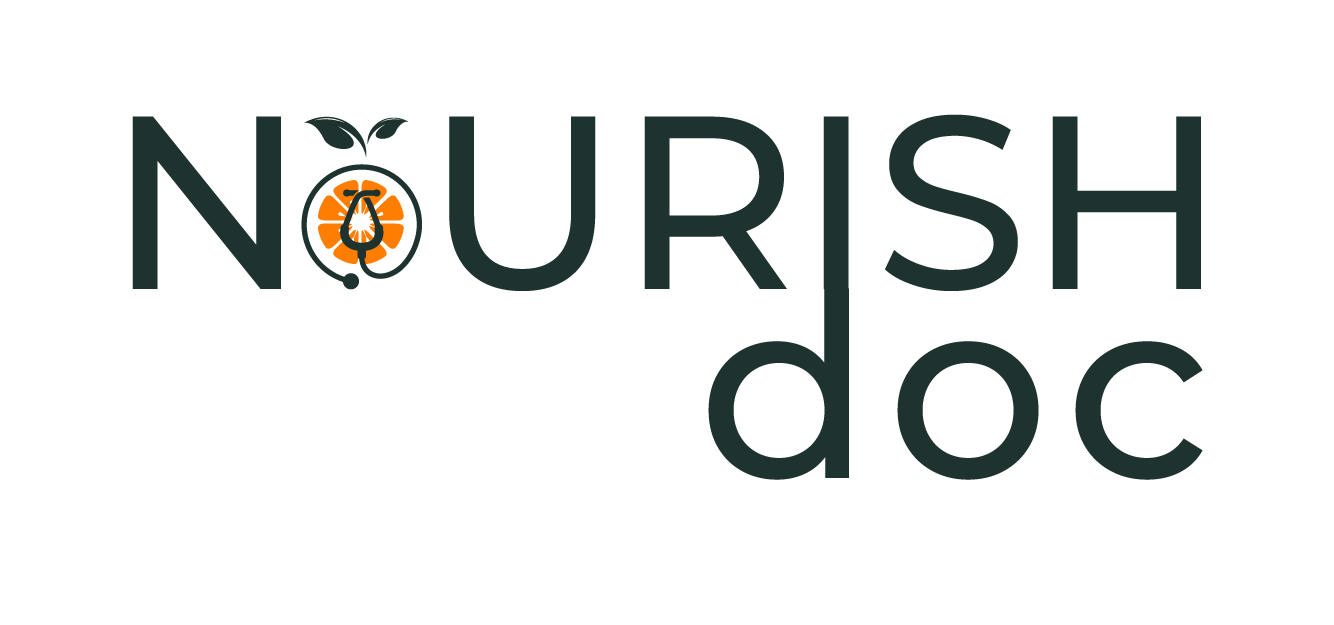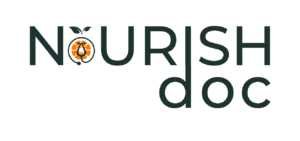Around the world over thousands of years, patients have received root-cause holistic treatment for their diseases with personalized
treatment, diet and lifestyle modification recommendations. Read the inspiring true stories of practitioners who heal people and who recovered
from their problems after autoimmune-disease treatment at their clinics. Many have been generous to share their knowledge and experience for the benefit
of other holistic experts and patients alike. Many practitioners share their Case Studies and the healing powers of autoimmune-disease and related therapies
as they heal people who benefited from our expertise.
In vitro study on the immunological effect of bromelain and trypsin on mononuclear cells from humans.
August 2005
Proteolytic enzymes such as bromelain and trypsin are used as an adjuvant therapeutic approach in the treatment of chronic inflammatory, malignant and autoimmune s. In vitro studies have shown that proteolytic enzymes modulate surface adhesion molecules on T-cells. In this study we analysed the influence of bromelain and trypsin on the cytokine production and proliferation of peripheral blood mononuclear cells (PBMC) from patients with a classical cellular mediated autoimmune disorder, namely encephalomyelitis disseminata (ED) as well as from healthy controls. –
METHODS:
PBMC from patients with ED (n=12) and healthy controls (n=12) were cultured for seven days at 37 degrees C under three different conditions: without antigen, with bromelain and with trypsin (final concentrations 10-1000 microg/ml). Proliferation was determined by superset3H-thymidine incorporation. Secretion of cytokines into the supernatant was measured by a double sandwich ELISA. Intracellular cytokines were determined by flow cytometric analysis. –
Results:
PBMC from patients with ED and healthy controls showed a significantly increased proliferative response to bromelain (ED: 14053+/- 7585 cpm with bromelain vs. spontaneous proliferation of 430+/- 255 cpm; healthy controls: 10689+/- 4607 cpm vs. 327+/-193) but not to trypsin. Bromelain induced in all 24 individuals a significant increase of the macro-phage/monocyte associated cytokines interleukin (IL)-6, granulocyte-macrophage-colony stimulating factor (GM-CSF), tumour necrosis factor alpha (TNFa) (p
/ onclick=”MoreLine(‘9640’, ‘In vitro study on the immunological effect of bromelain and trypsin on mononuclear cells from humans.’)”>
…more
/>Eur J Med Res. 2005 Aug 17;10(8):325-31. PMID: 16131473
The effect of oral steroids with and without vitamin D3 on early efficacy of immunotherapy in asthmatic children.
October 2009
/ onclick=”MoreLine(‘9164’, ‘The effect of oral steroids with and without vitamin D3 on early efficacy of immunotherapy in asthmatic children.’)”>
…more
/>Clin Exp Allergy. 2009 Oct 7. PMID: 19817753
Magnesium and selected parameters of the non-enzymatic antioxidant and immune systems
January 2015
METHODS:
The study population consisted of 57 healthy, non-smoking, fertile men from the southern region of Poland. Based on the median magnesium levels in seminal plasma, subjects were divided into two groups: those with low (Mg-L) and high (Mg-H) magnesium concentrations.
Results:
Differences were not observed between the Mg-L and Mg-H groups as regards semen volume, pH, count, motility, or morphology of sperm cells. In the Mg-H group, cholesterol levels were significantly higher (77%) compared with the Mg-L group: however,?-glutamyltranspeptidase activity was significantly lower (21%). The values of total oxidant status were significantly different between the two groups, with 78% higher values observed in the Mg-H group compared with the Mg-L group, whereas malondialdehyde levels did not differ significantly. The values for total antioxidant capacity and uric acid levels were significantly lower in the Mg-H group compared with the Mg-L group (14% and 17%, respectively). However, levels of bilirubin, albumin, thiol groups and ?-tocopherol were significantly higher in the Mg-H group (71%, 44%, 35% and 47%, respectively).
Conclusion:
No associations between Mg levels in the seminal plasma of fertile males and standard semen parameters were found. However, Mg levels may be associated with altered function of the non-enzymatic antioxidant system.
/ onclick=”MoreLine(‘9111’, ‘Magnesium and selected parameters of the non-enzymatic antioxidant and immune systems’)”>
…more
/>Magnes Res. 2015 Feb 1 ;28(1):14-22. PMID: 25967880






